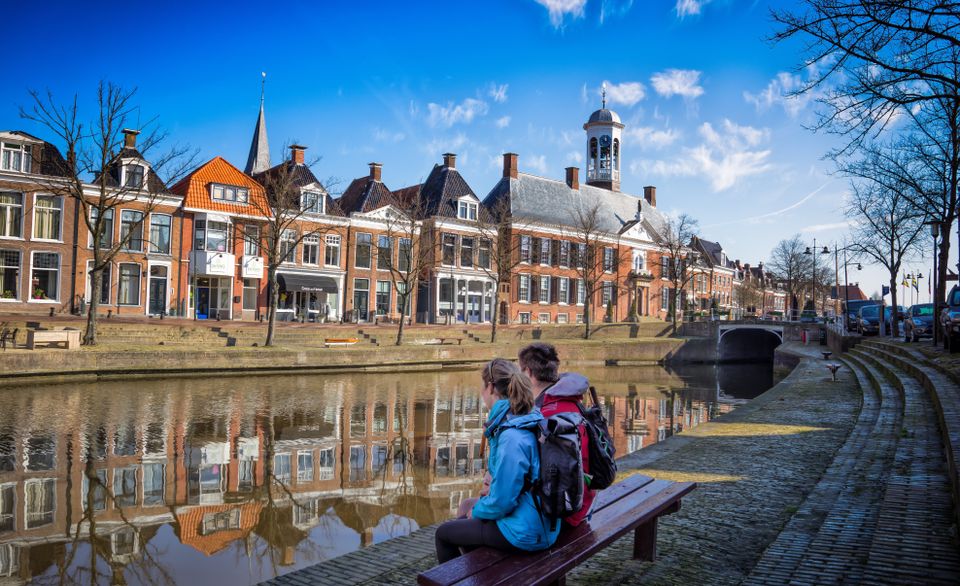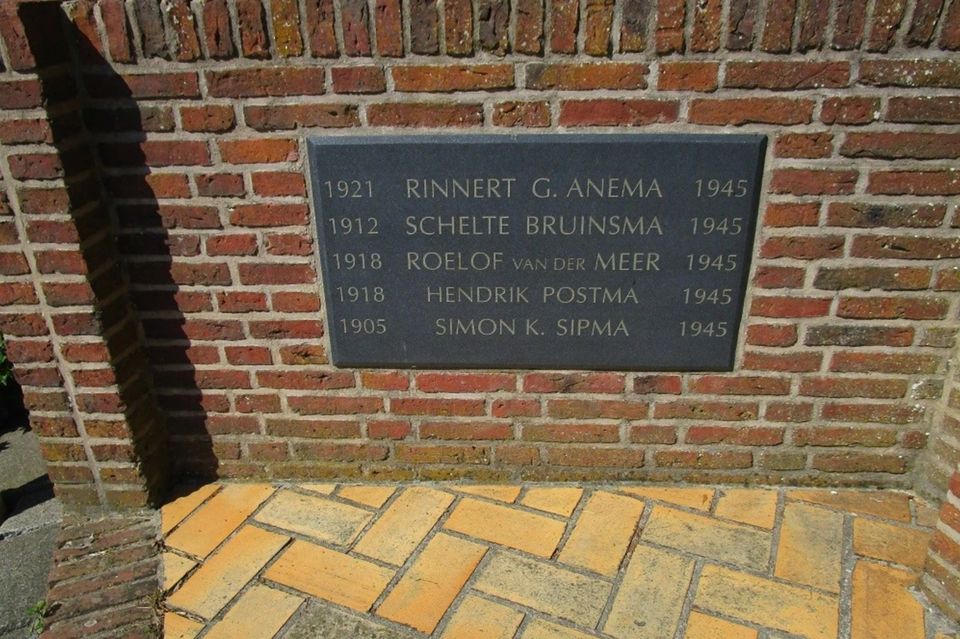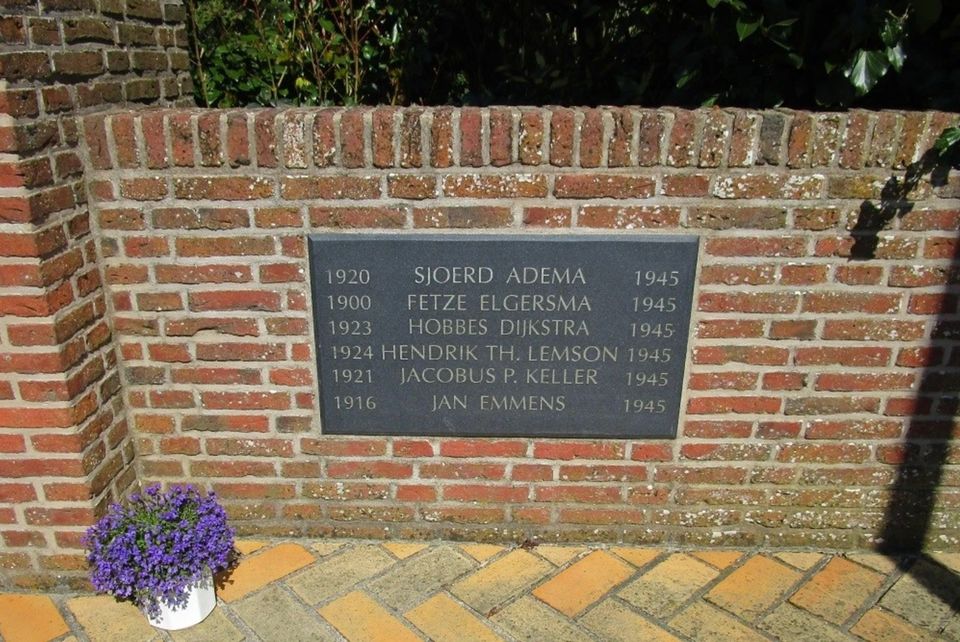Location
1 to 32 of 971 results
-
Vlieland - 2e Kroon's polder - Vogelkijkhut
Vlieland - 2e Kroon's polder - Vogelkijkhut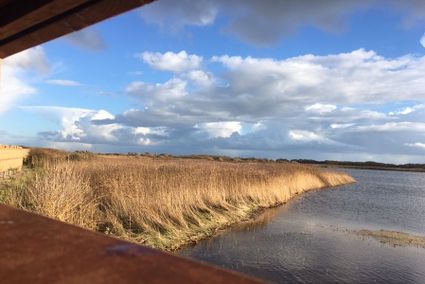 Oost-Vlieland
Oost-Vlielandfrom your location
-
Vlieland - Bomenland - Uitzichtplateau
Vlieland - Bomenland - Uitzichtplateau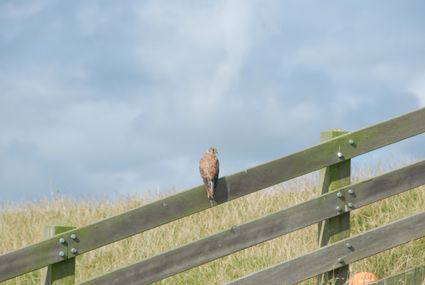 Oost-Vlieland
Oost-Vlielandfrom your location
-
Vlieland - Dodemansbol - Vogelkijkhut
Vlieland - Dodemansbol - Vogelkijkhut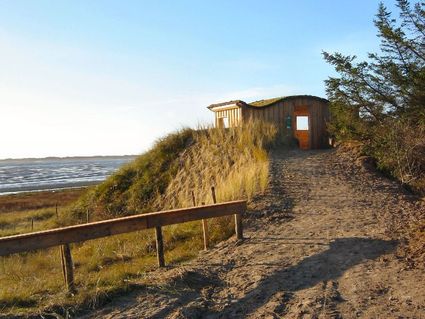 Oost-Vlieland
Oost-Vlielandfrom your location
-
Breezanddijk - Afsluitdijk - Vogelkijkpunt
Breezanddijk - Afsluitdijk - Vogelkijkpunt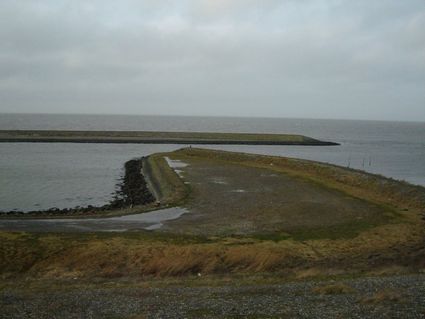 Breezanddijk
Breezanddijkfrom your location
-
Stavoren (Starum)
Stavoren (Starum)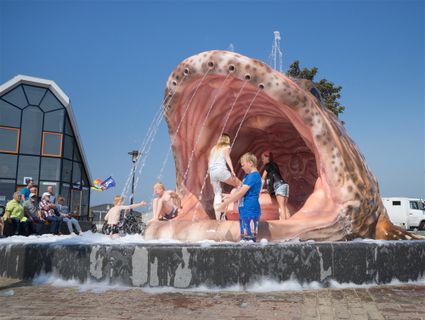 Stavoren
Stavorenfrom your location
-
Mokkebank - De Mok - Vogelkijkhut
Mokkebank - De Mok - Vogelkijkhut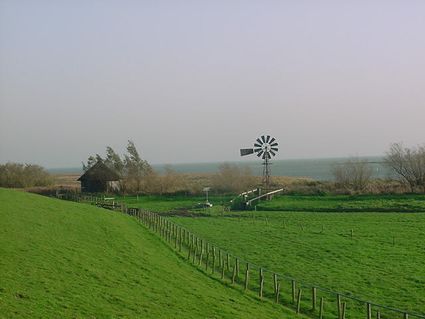 Mirns
Mirnsfrom your location
-
Oudemirdumerklif - Uitkijkheuvel
Oudemirdumerklif - Uitkijkheuvel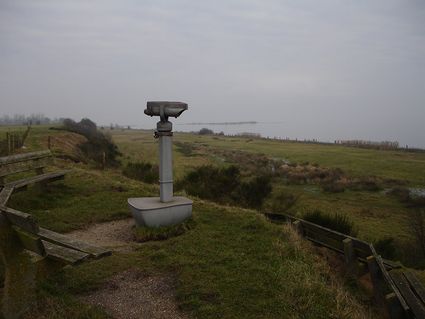 Oudemirdum
Oudemirdumfrom your location
-
Molkwerum - Bocht van Molkwerum - Vogelkijkhut Swan
Molkwerum - Bocht van Molkwerum - Vogelkijkhut Swan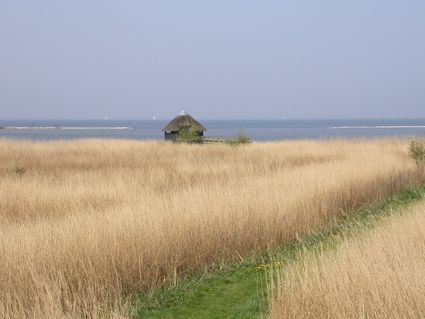 Hindeloopen
Hindeloopenfrom your location
-
Oudemirdum - De Betonpleats - Seedykkiekje uitkijkplatform
Oudemirdum - De Betonpleats - Seedykkiekje uitkijkplatform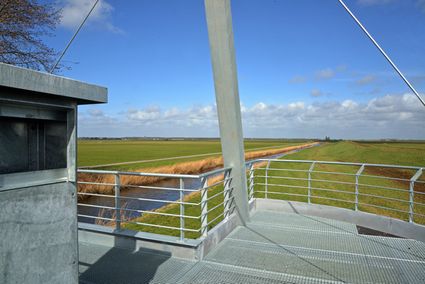 Oudemirdum
Oudemirdumfrom your location
-
Hindeloopen (Hylpen)
Hindeloopen (Hylpen)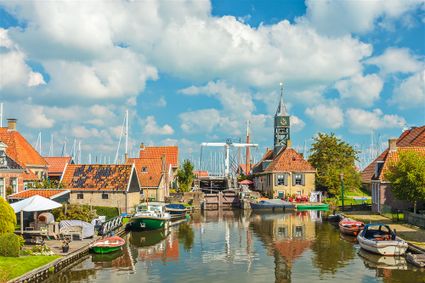 Hindeloopen
Hindeloopenfrom your location
-
Koudum - De Heanmar - Vogelkijkhut
Koudum - De Heanmar - Vogelkijkhut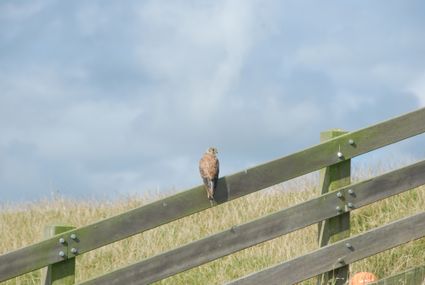 Koudum
Koudumfrom your location
-
Koudum - Kijkheuvel de Samenvoeging
Koudum - Kijkheuvel de Samenvoeging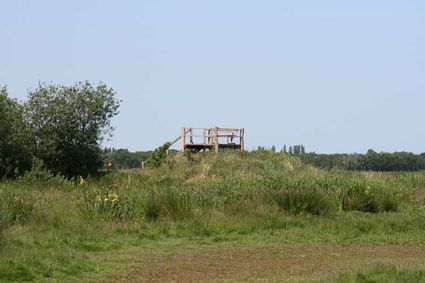 Koudum
Koudumfrom your location
-
Workumer Buitenwaard - It Soal - Uitzichtplateau
Workumer Buitenwaard - It Soal - Uitzichtplateau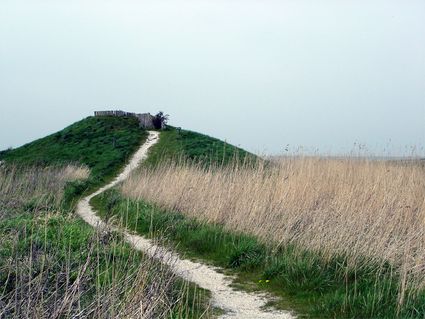 Workum
Workumfrom your location
-
Workumer Buitenwaard - Bijenkamp
Workumer Buitenwaard - Bijenkamp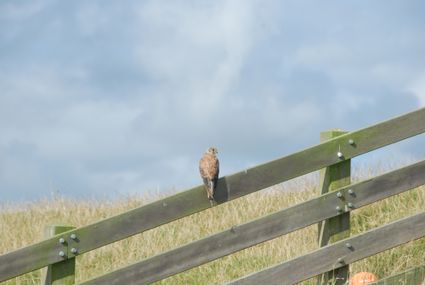 Workum
Workumfrom your location
-
Sondelerleien - De Sondeler Leijen - Vogelkijkhut
Sondelerleien - De Sondeler Leijen - Vogelkijkhut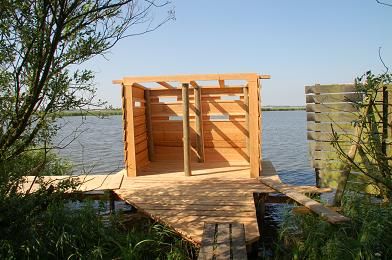 Sondel
Sondelfrom your location
-
Koudum - Wolvetinte - Uitkijkplatform
Koudum - Wolvetinte - Uitkijkplatform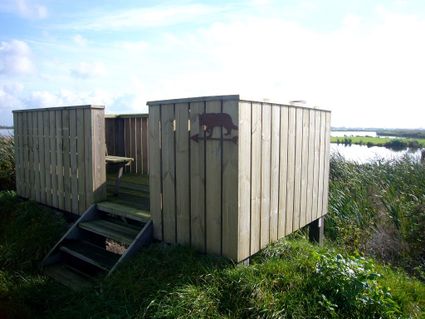 It Heidenskip
It Heidenskipfrom your location
-
Kornwerderzand - Afsluitdijk - Vogelkijkpunt
Kornwerderzand - Afsluitdijk - Vogelkijkpunt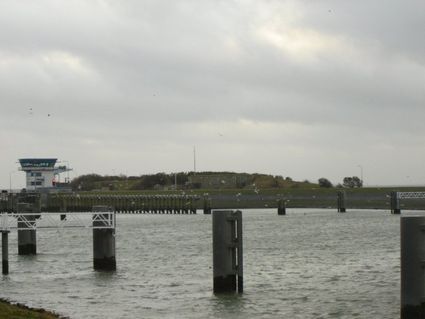 Kornwerderzand
Kornwerderzandfrom your location
-
Workumer Buitenwaard - Observatietoren
Workumer Buitenwaard - Observatietoren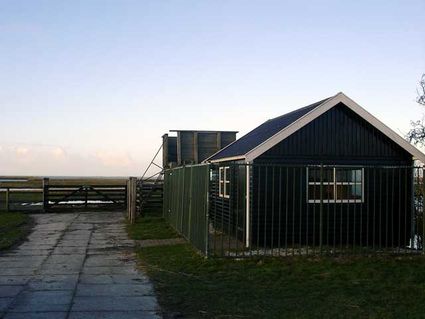 Workum
Workumfrom your location
-
Workum (Warkum)
Workum (Warkum)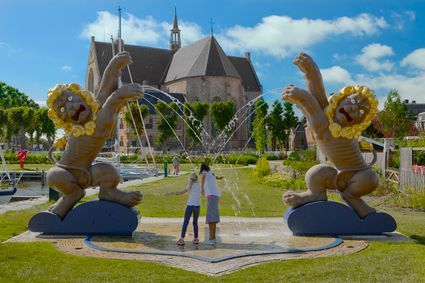 Workum
Workumfrom your location
-
Piaam - De Ral - Vogelkijkhut
Piaam - De Ral - Vogelkijkhut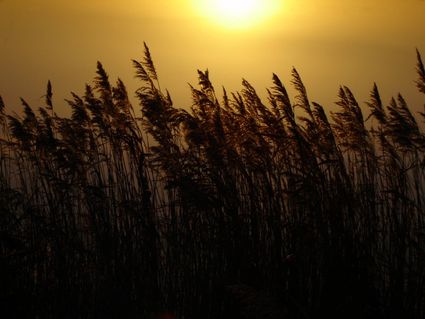 Piaam
Piaamfrom your location
-
It Swin - Vogelkijkhut
It Swin - Vogelkijkhut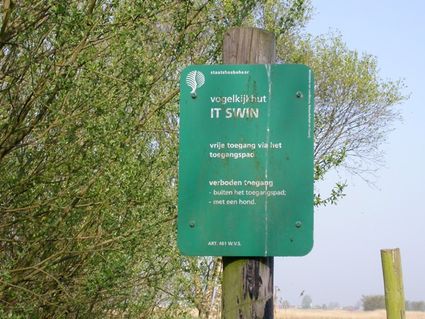 Elahuizen
Elahuizenfrom your location
-
Makkum - Zuidwaard
Makkum - Zuidwaard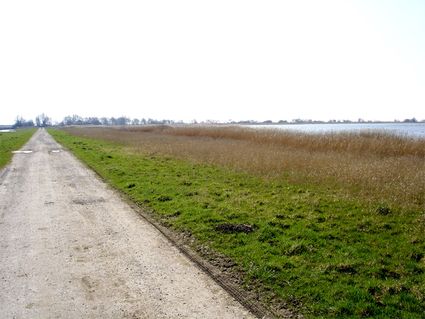 Makkum
Makkumfrom your location
-
Lemster Polders - Grutte Bekken - Uitkijktoren
Lemster Polders - Grutte Bekken - Uitkijktoren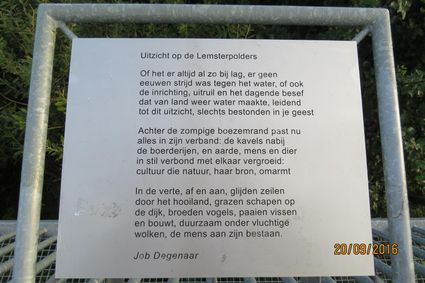 Lemmer
Lemmerfrom your location
-
Makkum War Memorial
Makkum War Memorial
By 16 April, the major part of Friesland had been liberated. But some important targets of the Canadians had not yet been achieved. They wanted to win the Frisian ports and the Head of the Afsluitdijk from the Germans as quickly as possible. But they would be hard fought. Both the ports and the Afsluitdijk were used by German soldiers to escape to North Holland.
As elsewhere in Friesland, the Canadians were helped by resistance fighters from the Dutch Domestic Armed Forces (N.B.S.) They suffered several casualties near Makkum. On 16 April, Schelte Bruinsma and Simon Sipma were killed in an attack on a farm in which the Germans had entrenched themselves. The next day, another group tried to occupy a bridge under Makkum. However, the Germans caught sight of them and in the ensuing gunfight, Rinnert Anema, Roelof van der Meer and Hendrik Postma were killed. Makkum was liberated on 18 April, as one of the last villages in Friesland.
The monument at the Buren in Makkum was unveiled in 1952 in commemoration of the members of the Dutch Domestic Armed Forces who were killed around the village during the struggle for liberation.
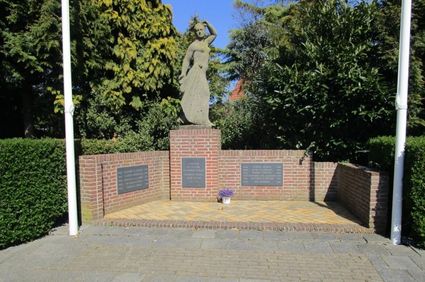 Makkum
Makkumfrom your location
-
Cornwerd - Kijkpunt Cornwerd
Cornwerd - Kijkpunt Cornwerd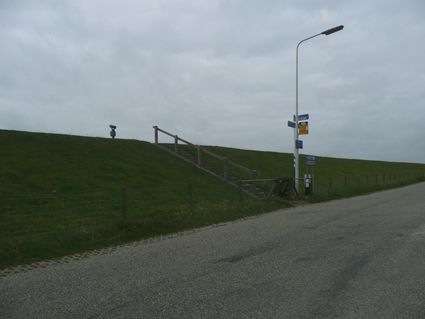 Cornwerd
Cornwerdfrom your location
-
Sloten (Sleat)
Sloten (Sleat)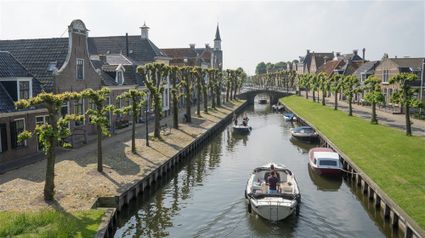 Sloten
Slotenfrom your location
-
Rottige Meente - Lindedijk - Vogelkijkhut
Rottige Meente - Lindedijk - Vogelkijkhut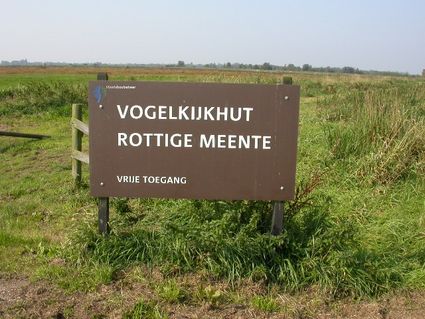 Nijetrijne
Nijetrijnefrom your location
-
The liberation of Friesland 1
The liberation of Friesland 1
In early April, it became clear that the liberation of Friesland was imminent. Although the province had not suffered a real Hunger Winter like other parts of the Netherlands, there were severe shortages of just about everything. And the terror of the occupying forces was growing. This also led to increased resistance against the occupying forces. The battle between the two was tougher than ever in early 1945.
In Friesland, assault groups known as Knokploegen (KP) were responsible for most acts of resistance. But there were other groups too. On the orders of the Dutch government in London, all these groups were merged into the Dutch Domestic Armed Forces (NBS). In Friesland, this happened on 12 December 1944.
The NBS, popularly referred to as the BS, gave the armed resistance an organisation with a clear structure. The NBS was also supposed to play a role in the upcoming liberation. To this end, resistance groups were provided with weapons from autumn 1944. These were dropped from the air.
On 8 April, Radio Orange broadcast the message "The bottle is empty." This was the signal for the NBS to start carrying out sabotage operations 36 hours later. The aim was to make it as difficult as possible for the Germans to defend themselves against the approaching Allied forces.
The resistance did this by putting bridges and railways out of order, blocking waterways and blocking roads. The response of the occupying forces was ruthless. In retaliation, dozens more prisoners were shot at different times and places.Once the Canadians entered Friesland on 12 April, they were supported extremely effectively by the Frisian resistance. Because it was superbly organised, they were able to help the Canadians take control of important bridges, repair damaged bridges, and advise on the most favourable route.
By 18 April, the whole province was liberated except for the Wadden Islands (these were liberated in late May and in June). Compared to other provinces, there was little fighting in Friesland. Overall, the few thousand German troops who had been unable to flee Friesland were defeated by the Canadians relatively quickly.
The commander of the Royal Canadian Dragoons, Lieutenant Colonel Landell, praised the actions of the resistance by stating "Friesland liberated herself." While that may be a bit of an exaggeration, the actions of the Frisian resistance undoubtedly accelerated the liberation. And reduced the number of casualties on the Allied side.
In confrontations with German troops and their Dutch accomplices, at least 31 resistance fighters lost their lives. On the Allied side, at least eleven Canadians and one Frenchman were killed. The fighting and shelling also resulted in dozens of civilian casualties. The number of casualties on the German side is not known, but probably ran into the hundreds. With 320 houses destroyed and 4,000 damaged and 80 bridges destroyed, Friesland was materially the least damaged province in the Netherlands.
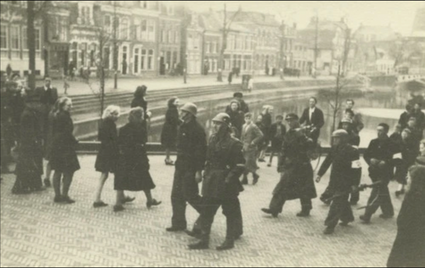 Willemsoord
Willemsoordfrom your location
-
Plasjes langs de N31, Harlingen - Vogelkijkpunt
Plasjes langs de N31, Harlingen - Vogelkijkpunt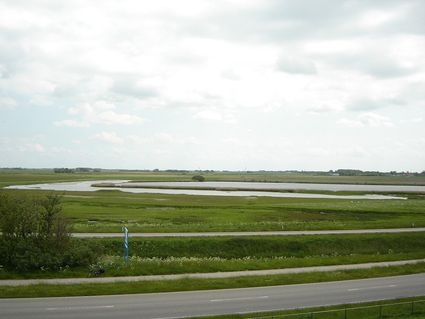 Kimswerd
Kimswerdfrom your location
-
Hegewiersterfjild - It Hegewierster Fjild - Vogelkijkhut
Hegewiersterfjild - It Hegewierster Fjild - Vogelkijkhut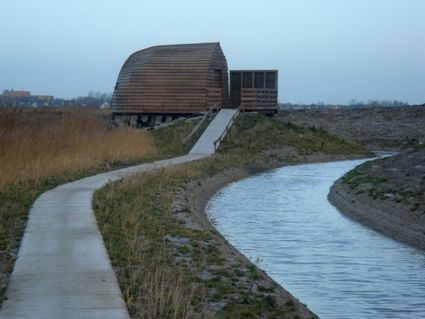 Kimswerd
Kimswerdfrom your location
-
Harlingen (Harns)
Harlingen (Harns)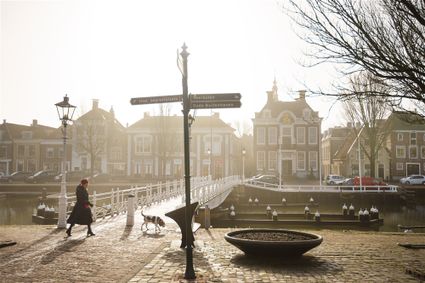 Harlingen
Harlingenfrom your location
-
Heeg - Kijkhut Heeg
Heeg - Kijkhut Heeg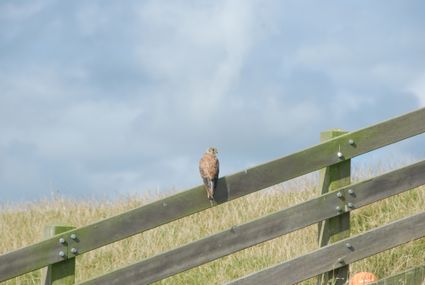 Heeg
Heegfrom your location
- Current page1
- Go to page2
- Go to page3
- Go to page4
- Go to page5
- …
- Go to page31
- Go to the next page
